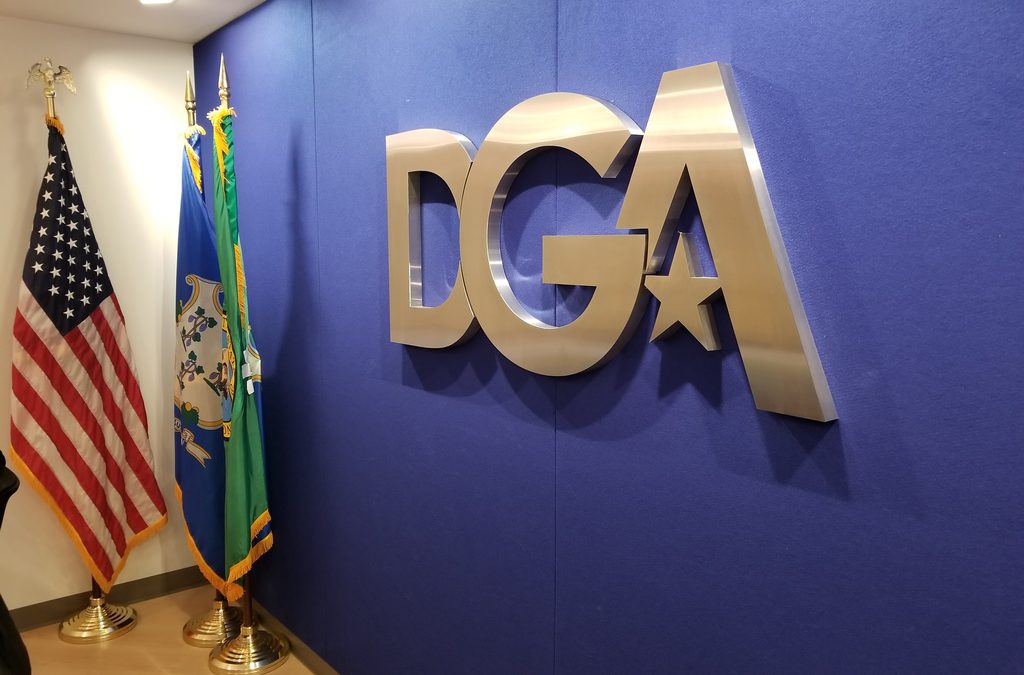WASHINGTON – Newly elected Democratic governors Ralph Northam of Virginia and Phil Murphy of New Jersey won their races because of huge Democratic voter turnout and enthusiasm, division within the Republican party and gains with independent voters, the executive director of the Democratic Governors Association said Wednesday.
The organization held a post-election briefing on those gubernatorial wins and how they will help the party as it plans for the 2018 congressional and state office races and whether President Donald Trump will hurt or help Republican candidates.
Northam and Murphy “are governors who have been leading the way in terms of pushing back on the Trump agenda,” DGA executive director Elisabeth Pearson said. “And they’re going to lead the way for us as a path back toward the Democratic party in our states and for our country.”
The Republican Governors Association did respond to a request for comment Wednesday.
Pearson and DGA Political Director Corey Platt outlined why the Republican opponents of Northam and Murphy failed with voters, particularly Northam’s GOP challenger, Ed Gillespie.
Some analysts have said that Gillespie’s campaign failed because he tried to take the populist theme that Trump used in his campaign. It was a notion Platt rejected.
“I don’t think they saw a candidate running on any populist message. They saw him appealing to the worst parts of the state and they rejected him for it,” he said. “He did not have the bio that Ralph had.”
Added Pearson, “Ralph Northam and Phil Murphy were fantastic candidates and we shouldn’t forget about that in the context of this national narrative.”
“They ran great campaigns. They told their personal stories extremely well and related to the voters in their states.”
For the gubernatorial campaigns, the DGA spent nearly $7 million in Virginia, close to 20 percent of overall Democratic spending in the state, and it also invested $4 million in New Jersey, said Pearson.
There were drastic increases in Democratic voter turnout compared with the 2009 gubernatorial election, she said. Northam got 330,000 more votes than Virginia Gov. Terry McAuliffe in the 2013 election. Pearson also cited large turnout in northern Virginia counties that have been traditionally blue as well as gains for Northam in traditionally red areas like Williamsburg, he got 49 percent of the vote.
Perhaps even more symbolic for Democrats was Northam taking almost 85 percent of the votes in Charlottesville, the site of an August white supremacist rally.
With numerous gubernatorial seats up for grabs in 2018, DGA officials see the results of these two gubernatorial elections as instructive.
“Our goal is to put as many states in play in eight months,” Platt said.

